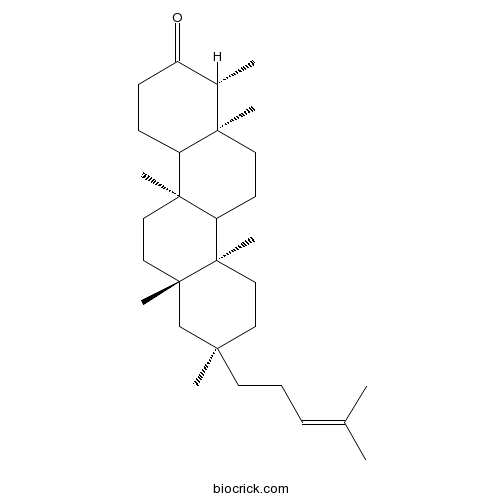Aster tataricus L. f.
Aster tataricus L. f.
Aster tataricus is a member of the Aster genus of flowering plants. It has an antibacterial action, inhibiting the growth of Staphylococcus aureus, E. coli, Bacillus dysenteriae, B. typhi, Pseudomonas and Vibrio proteus. A number of compounds were isolated from the medicinal plant Astertataricus including shionone, epifriedelinol, quercetin, kaempferol, scopoletin, emodin, aurantiamide acetate and 1,7-dihydroxy-6-methyl-anthraquinone. Three pentapeptides have been isolated from the roots of Aster tataricus and their structures elucidated on the basis of spectroscopic analysis as well as chemical and enzymatic methods. Aster tataricus, Shaded damp places, meadows, steppes, damp riverbanks; 400-3300 m. Anhui, Gansu, Guizhou, Hebei, Heilongjiang, Henan, Hubei, Jilin, Liaoning, Nei Mongol, Ningxia, Shaanxi, Shandong, Shanxi, Sichuan [Japan, Korea, Mongolia, Russia]. The roots of Aster tataricus are used medicinally to relieve coughs and reduce sputum.




